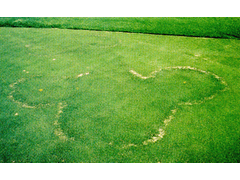
Tech Notes - Issue 11 - July 2009
Fairy Ring Management and Control
Typical autumnal conditions of warm wet/dry cycles have prevailed for the last couple of weeks, resulting in the flaring up of some spectacular Fairy Rings, reports Dr Ruth Mann of STRI.
Many basidiomycete fungi living in the soil or thatch can give rise to Fairy Rings. Growth may be in distinct rings, or in ribbons and arcs, depending on the ring. Some very strange patterns can be observed!
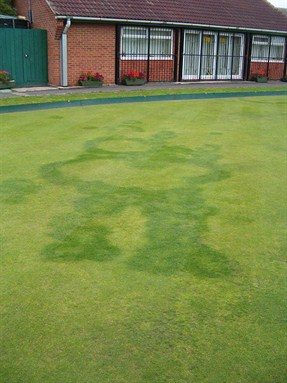
We place the Fairy Rings (or Faerie Rings) into three categories, depending on the visual symptoms in the grass sward.
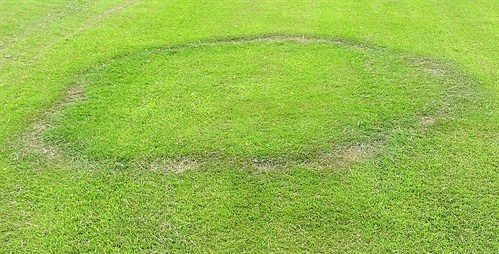
Type 1 - Rings appear as dead rings of grass perhaps edged by dark green, stimulated growth.
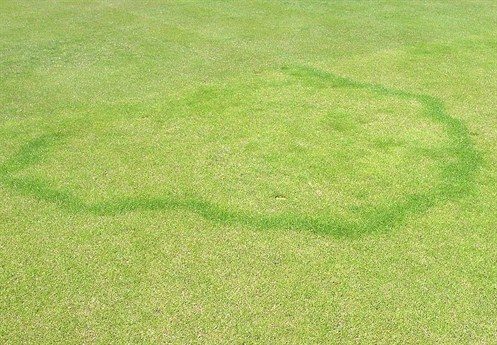
Type 2 - Rings appear as darker green grass with stimulated growth.
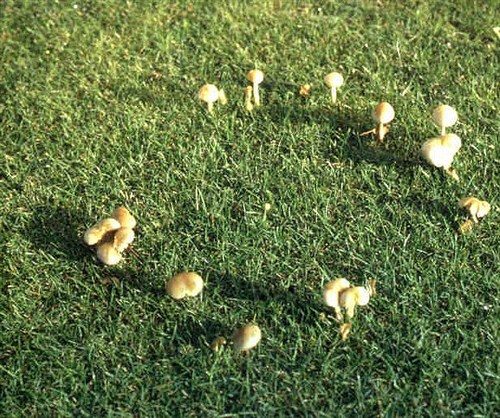
Type 3 - Rings appear to not damage the sward visually, but have fruiting bodies (mushrooms or toadstools) present.
The basidiomycete fungus does not directly affect the grass, but changes the environment that supports the growth of the grass, thereby indirectly affecting its growth.
The fungal mycelium grows through the soil or thatch using organic matter as a food source, and releasing nitrogen and other possible toxic substances as waste products. The nitrogen released can stimulate grass growth and is probably the reason why Fairy Rings are much more pronounced in light soils of under lower fertility programmes.
The mycelium itself and substances released during growth make the rootzone hydrophobic. Water is repelled and the rootzone becomes very difficult to rewet. Therefore, grasses may suffer drought due to the rootzone repelling any available water.

Long-term management includes progressive removal of organic matter as the basidiomycetes use it as a food source. Often, in areas with excessive thatch layers, collapse of the thatch can occur as basidiomycetes feed on the organic matter, breaking it down in isolated areas. Aeration is, therefore, important to reduce thatch and also help to improve water penetration.
A good wetting agent programme is very important in maintaining good water receptivity during the drier months of the year. Some wetting agents indicate Fairy Ring management on the label.
For type 2 Fairy Rings, it may be possible to fertilise or apply iron sulphate to mask the visual symptoms and use top dressing to level off any surface depression. For type 3 rings it is usually sufficient to just remove the mushrooms.
Heritage also has a label recommendation for Fairy Ring management. Research at STRI indicted that applying Heritage with H2Pro following spiking on two occasions, 4 weeks apart, reduced the visual symptoms of a type 2 Fairy Ring.
A high water rate or watering after application is recommended to ensure the Heritage gets into the area of fungal growth.
New application research by Syngenta indicates high-velocity nozzles may be able to deliver better spray penetration of dense turf and achieve better results for Heritage applications for Fairy Ring and Take All and significantly reduced water volume. This could enable faster application, more effective timing and improved results. Go to the GreenCast Application Zone for more information.
